In June, India witnessed an unexpected 4.8% surge in vehicle demand—especially in tractors and construction equipment. Traditional planning models didn’t catch it in time. This blog breaks down what went wrong, why it matters, and how manufacturers can build planning systems that move as fast as the market does.
There’s a strange kind of calm before demand spikes.
Then the numbers arrive: Over 2 million vehicle registrations in June. A 4.8% surge. Tractors up 8.7%, construction equipment up 55%. And somewhere in a conference room, a planner looks at last month’s forecast and realizes—it didn’t see this coming.
What triggered it? A good monsoon. Infrastructure push. Wedding season. A policy shift. Maybe all of the above.
But here’s the real headline: demand today isn’t following your spreadsheets anymore.
The Cost of Getting Caught Off Guard
Passenger vehicle sales rose modestly. But two-wheelers? A wave. Construction equipment? An avalanche. Meanwhile, manufacturers were still pulling back on dispatches to control inventory bloat.
What you have is a classic mismatch between market reality and internal readiness—and it’s happening across industries.
One segment’s demand takes off unexpectedly. Another slows down. And you’re left reallocating stock, chasing service levels, firefighting variance after variance—while your capital stays locked in excess or stuck in shortages.
Why Traditional Planning No Longer Fits the Market
The world doesn’t wait for monthly meetings or annual cycles anymore. It changes with a tweet. A weather forecast. A budget announcement.
When tractor sales depend on rainfall, and financing affects two-wheeler volumes, your planning models need more than last year’s numbers. They need context. Flexibility. And above all—speed.
The Companies Winning This Game Are Doing One Thing Differently
They’re no longer relying solely on internal demand history. They’re investing in responsive planning systems that adapt to volatility, and expert teams who monitor and adjust continuously.
They don’t scramble when construction demand rises by 55%. They’re ready.
You Don’t Need a New System—You Need a Smarter Way to Plan
That’s what Anamind offers with Planning-as-a-Service.
Instead of pushing more tools onto your team, we bring experienced planners, advanced platforms, and ready-to-go models—as a service, on a flexible subscription. No capex. No waiting months for implementation.
We plug into your existing processes, run deep analytics, and deliver real-time dashboards and scenario plans you can actually use. And we do it with trained resources, quick deployment, and decision-ready insights—so you stay agile, even when the market moves fast.
What June’s Spike Tells Us All
This wasn’t a one-time anomaly. It was a sign of what markets are becoming—reactive, unpredictable, and increasingly external in influence.
For planners, that means the cost of lagging is no longer just operational—it’s strategic.
If your supply chain doesn’t forecast the shift, someone else will meet the demand you missed.
You can’t control the rain. Or policies. Or buyer sentiment. But you can control how fast and smart your planning responds.
👉 Explore how Anamind’s Planning-as-a-Service helps manufacturers stay ahead of change—without the cost or complexity of doing it all in-house.





